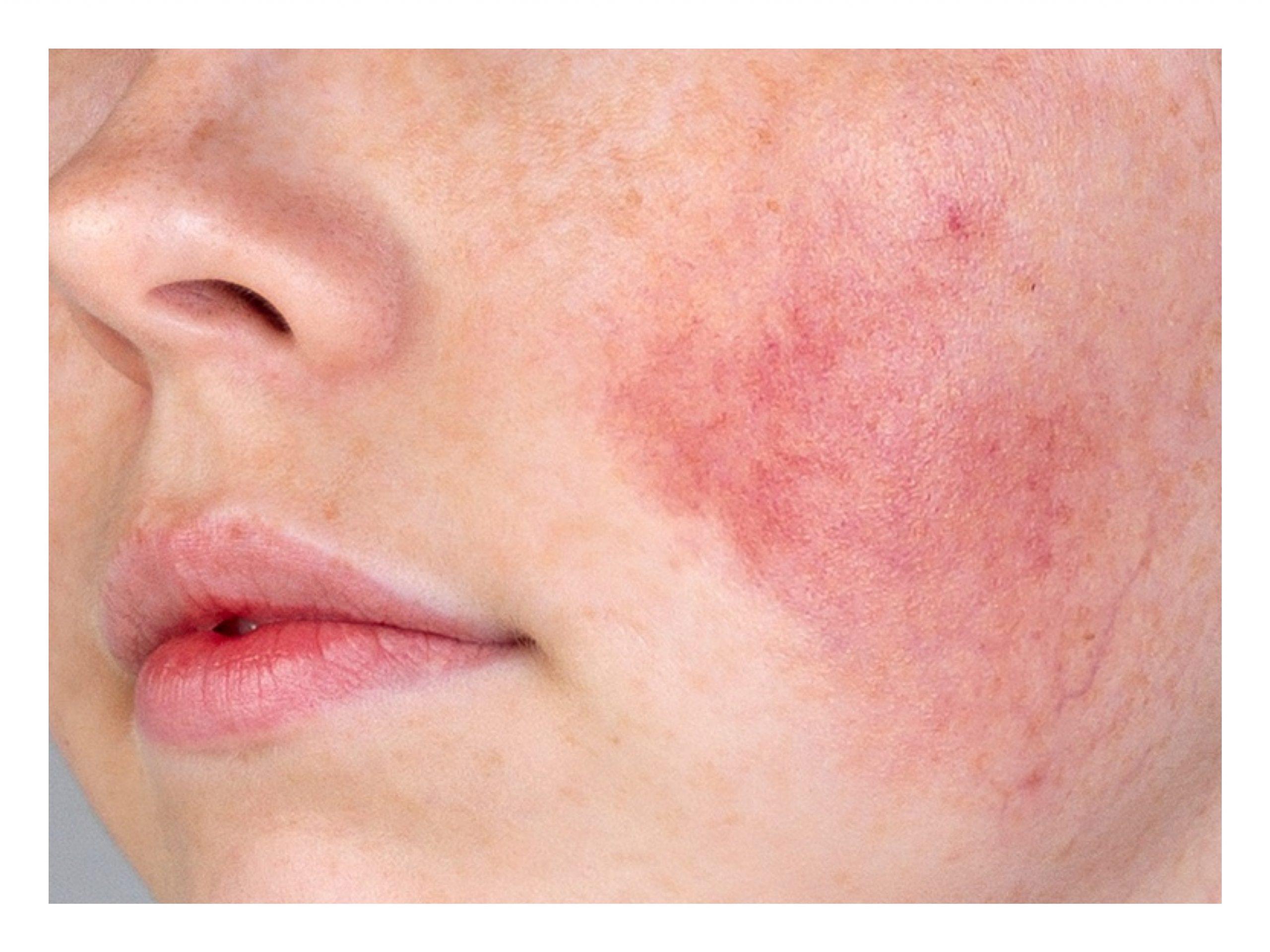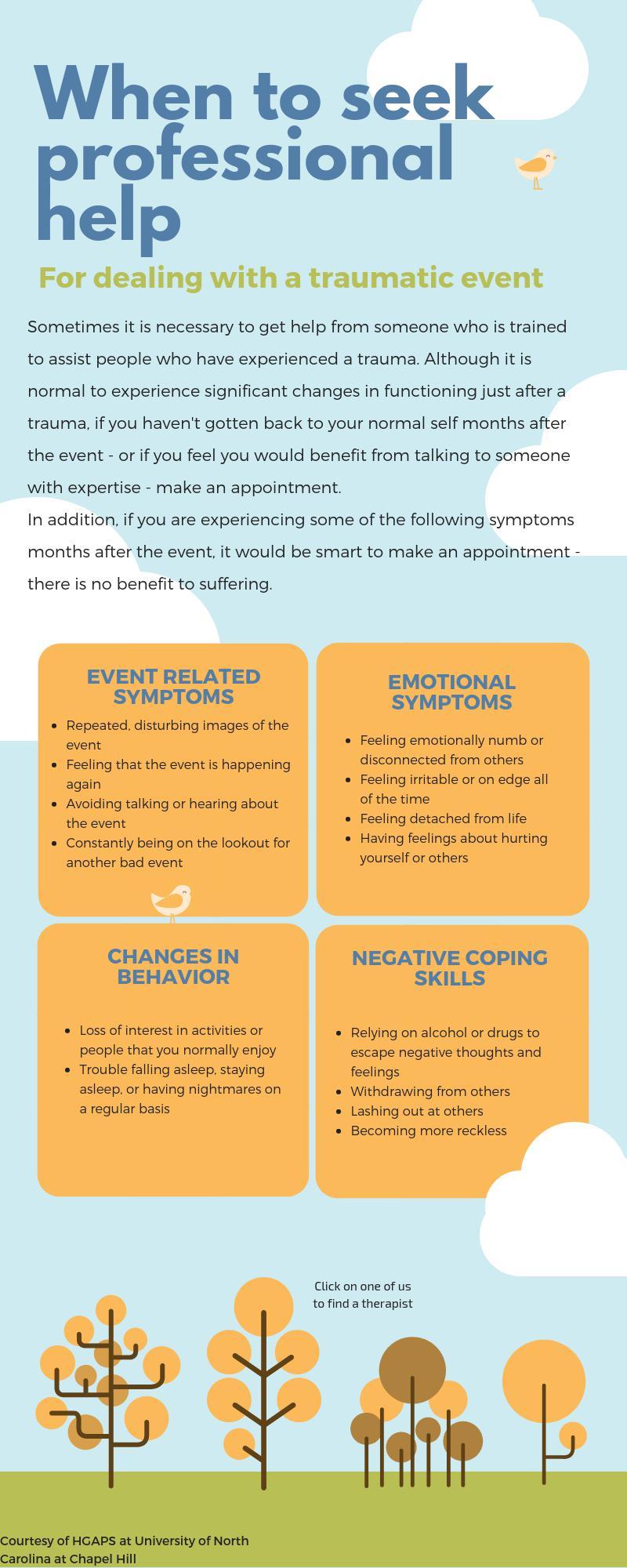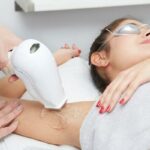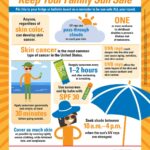In the quest for silky smooth skin, the allure of diode hair removal has certainly caught the eyes—and wallets—of many. But beneath its glossy marketing sheen and promises of a fuzz-free life, lies a journey that’s not always smooth sailing. Imagine this: you’ve just booked an appointment for what you believe will be the ultimate solution to pesky body hair, expecting a magic wand to sweep your troubles away. But as with any enchanted tale, there’s always a twist. Welcome aboard as we embark on an enlightening cruise, unveiling the potential side effects lurking beneath the surface of diode hair removal. Let’s navigate these waters together with a friendly compass to guide us through the unexpected whirlpools and calm seas of this popular cosmetic procedure.
Table of Contents
- Understanding the Basics: What is Diode Hair Removal?
- Common Side Effects: What to Expect During and After Treatment
- Mitigating Pain: Tips for a More Comfortable Experience
- Skin Sensitivity: How to Care for Your Skin Post-Treatment
- When to Seek Professional Help: Recognizing and Addressing Severe Reactions
- Q&A
- Closing Remarks
Understanding the Basics: What is Diode Hair Removal?
Diode hair removal has become a buzzword in the beauty industry, promising smooth, hair-free skin with minimal fuss. **But what exactly is it**? At its core, diode hair removal is a sophisticated method using a diode laser to target hair follicles. This laser emits a specific wavelength of light that is absorbed by the melanin in the hair, effectively damaging the follicle and reducing hair growth over time. The precision of this technique makes it particularly effective for all skin types, offering a tailored approach to hair removal.
**How does it work**? The process is marvelously simple yet impressively advanced. A trained technician glides a handheld device over your skin, emitting pulsating beams of light. Here’s what happens during the session:
- The laser targets the melanin in the hair.
- Light energy converts to heat.
- The follicle is damaged, inhibiting future growth.
One might wonder, **why choose diode over other hair removal methods**? The answer lies in its unique advantages. Diode lasers are renowned for their:
- **Precision** in targeting hair follicles without affecting the surrounding skin.
- **Speed**, as large areas can be treated in a relatively short time.
- **Versatility**, being suitable for various skin tones and hair types.
This makes it a favored choice among those who seek effective and long-lasting results.
Let’s break it down even further with a comparison table to highlight the benefits:
| Feature | Diode Laser | Traditional Methods |
|---|---|---|
| Effectiveness | High | Moderate |
| Pain Level | Low to Moderate | High (e.g., waxing) |
| Treatment Speed | Fast | Varies |
| Skin Suitability | All types | Limited |
As evident, diode laser hair removal brings together efficiency, comfort, and broad applicability, making it a revolutionary tool in the quest for smooth skin.

Common Side Effects: What to Expect During and After Treatment
When embarking on your journey with diode hair removal, it’s important to be prepared for some common side effects that might come with the territory. The sensation during the procedure can vary but often feels like a slight rubber band snap on your skin. **Redness and swelling** immediately after treatment are common, often resembling a minor sunburn. This response is your skin’s natural reaction to the heat applied to the hair follicles.
**Post-treatment, you might notice:**
- **Minor sensitivity:** Your skin may be more sensitive to touch or temperature changes. This typically resolves within a few hours to a day.
- **Temporary discoloration:** There may be slight darkening or lightening of the skin around the treated areas.
- **Hair shedding:** Expect treated hairs to shed over the following weeks, making it look like new growth at first – but don’t fret; it’s a sign that the treatment is working!
For those with a lower pain threshold, you might experience more significant discomfort. In such cases, your technician might suggest using a topical anesthetic before the session. Post-treatment, applying a cool compress can alleviate any residual discomfort. **Hydration** is your secret weapon here; hydrated skin heals faster and better tolerates the laser’s impact.
| Side Effect | Expected Duration |
|---|---|
| Redness | Few hours to 48 hours |
| Swelling | Few hours to 48 hours |
| Sensitivity | Few hours to a day |
| Discoloration | 1-2 weeks |
| Hair Shedding | 2-3 weeks |

Mitigating Pain: Tips for a More Comfortable Experience
While diode hair removal is renowned for its efficacy, the process can occasionally come with a bit of discomfort. Luckily, there are several effective strategies to make your experience more pleasant. **Topical anesthetics** are a popular choice; applying a numbing cream to the treatment area about 30 minutes before your session can drastically reduce the sensation of pain.
In addition to numbing creams, **ice packs** can be your best friends before and after the treatment. Applying an ice pack beforehand can reduce the initial pain sting, while using it post-treatment can help manage any residual discomfort or swelling. Remember, simplicity is often the best policy when it comes to managing minor pain.
Some professionals recommend a quick, **pre-treatment regimen** that can help desensitize the skin. This may include taking an over-the-counter pain reliever like ibuprofen about an hour before your appointment. Additionally, **staying hydrated and avoiding caffeine** on the day of treatment can help your body manage the physical stress more effectively.
| Method | Benefits |
|---|---|
| Topical Anesthetics | Numbs the skin, providing significant pain relief |
| Ice Packs | Reduces swelling and pain before and after treatment |
| Pre-treatment Regimen | Over-the-counter painkillers and hydration help manage discomfort |

Skin Sensitivity: How to Care for Your Skin Post-Treatment
After undergoing diode hair removal, your skin may feel more delicate and sensitive than usual. This is completely normal, but it does mean you need to handle your skin with extra care during the recovery period. **Here’s how to give your skin the TLC it needs and ensure a smooth post-treatment experience.**
Hydration is Key: Keeping your skin well-moisturized is essential. Reach for soothing, fragrance-free moisturizers to nourish and protect your sensitive skin. Avoid ingredients that may cause irritation, such as alcohol or strong scents. Look for products containing aloe vera, shea butter, and ceramides, which help in restoring the skin’s natural barrier.
- Apply the moisturizer gently twice a day.
- Consider using hydrating mists throughout the day for extra moisture.
- Avoid hot showers or baths; opt for lukewarm water instead.
Protect from the Sun: Sun exposure can exacerbate skin sensitivity and potentially cause hyperpigmentation. It’s crucial to protect your skin from the sun’s harmful UV rays. Always use a broad-spectrum sunscreen with at least SPF 30 whenever you step outside, even on cloudy days.
- Wear wide-brimmed hats or protective clothing.
- Reapply sunscreen every two hours if outdoors for extended periods.
- Avoid peak sun hours, usually between 10 AM and 4 PM.
Soothe and Calm: If your skin feels particularly irritated or red after treatment, using calming and anti-inflammatory products can make a world of difference. Look for ingredients such as chamomile, calendula, and green tea extracts which are known for their soothing properties.
| Ingredient | Benefit | Recommended Product |
|---|---|---|
| Chamomile | Reduces redness | Chamomile Facial Mist |
| Calendula | Soothes irritation | Calendula Cream |
| Green Tea Extract | Anti-inflammatory | Green Tea Serum |
Avoid Harsh Chemicals: During the post-treatment phase, your skin is more susceptible to damage from harsh chemicals and abrasive products. Steer clear of exfoliants, retinoids, and acidic skincare treatments like AHA and BHA for at least a week post-treatment. Instead, opt for gentle cleansers and products specifically designed for sensitive skin.
- Replace regular face wash with a gentle, hydrating cleanser.
- Skip makeup for a few days to allow your skin to breathe.
- Avoid touching or scratching the treated area to prevent irritation.

When to Seek Professional Help: Recognizing and Addressing Severe Reactions
While diode hair removal is generally safe and effective, there are times when you should be alert to severe reactions that necessitate professional intervention. Be mindful of your body’s signals post-treatment and don’t hesitate to seek medical advice if you encounter any serious issues. Recognizing these reactions early can make a significant difference in your healing process.
- Persistent Redness and Swelling: It’s normal to experience some redness and swelling post-treatment, but if these symptoms persist for longer than a few days, it might be a sign that your skin is reacting adversely. Monitor the treated area closely and look out for any signs of infection or increased inflammation.
- Severe Pain or Discomfort: Mild discomfort is expected, but severe pain that doesn’t subside could signify deeper tissue damage. It’s crucial to differentiate normal post-treatment sensations from alarming pain, which may require immediate professional attention.
- Burns and Blisters: While uncommon, burns and blisters can occur if the device settings were too high or improperly used. Should you notice any such symptoms, refrain from self-treatment with over-the-counter creams or lotions and consult a dermatologist promptly.
In addition to these symptoms, other issues may arise that warrant consulting a professional. Pay attention to your body and err on the side of caution if anything seems amiss. Here’s a quick reference table for some red flags and recommended actions:
| Symptom | Recommended Action |
|---|---|
| Extended Redness | Consult Dermatologist |
| Pain Lasting Over 48 Hours | Seek Medical Advice |
| Blister Formation | Visit Physician |
| Potential Infection | Get Immediate Help |
Don’t underestimate the importance of post-care and professional guidance in ensuring the best results from diode hair removal. Addressing severe reactions promptly not only minimizes potential complications but also supports your skin’s recovery. Remember, your goal is smooth, hair-free skin without sacrificing your overall well-being.
Q&A
Smooth Sailing? Unveiling the Side Effects of Diode Hair Removal
Q: What exactly is diode hair removal, and why is it becoming so popular?
A: Diode hair removal is a laser technique specifically designed to target hair follicles. Its advanced technology delivers precise pulses of light that penetrate the skin and disrupt hair growth at its roots. It’s becoming popular because it’s faster, more efficient, and works well on a variety of skin types compared to older methods. Plus, who doesn’t love the idea of smooth, hair-free skin?
Q: That sounds wonderful! Are there any immediate side effects we should be aware of?
A: Truth be told, any beauty procedure can have its fair share of side effects, and diode hair removal is no different. Some people might experience redness, swelling, or even a slight burning sensation right after the treatment. These effects usually subside within a few hours to a day. Think of it like a day at the beach without sunscreen—just a little too much sun!
Q: Yikes! Are these side effects dangerous?
A: Not at all! While they might be a bit uncomfortable, they’re typically very mild and temporary. Your technician will likely recommend a soothing aloe vera gel or a cool compress to help ease any discomfort. It’s like giving your skin a nice, cool drink of water after the hot sun!
Q: Are there any long-term risks I should be aware of?
A: Long-term risks are rare but can include skin discoloration or changes in skin texture. This is usually if someone doesn’t follow the post-care instructions diligently. For instance, ensuring you stay out of the sun and avoiding tanning beds are crucial. Think of your skin as a prized garden; it needs careful tending to keep it blooming beautifully!
Q: What about scarring or burns? Is that a possibility?
A: While occurrences are rare, they can happen, especially if the procedure is done by an unqualified technician or with faulty equipment. That’s why it’s so important to do your homework. Choose a reputable clinic and a skilled professional to lower these risks. It’s like selecting a travel guide for a new adventure—you want someone experienced who knows the territory well.
Q: Is there anything I should do before my diode hair removal appointment?
A: Absolutely! Prepping your skin is vital for the best outcome. Avoid sun exposure, skip tanning products, and steer clear of other hair removal methods like waxing or plucking for at least four weeks. It’s a little bit of effort that goes a long way, like packing the right essentials for a trip!
Q: How often do I need to go for treatments?
A: Typically, multiple sessions are needed—usually between 6 to 8—spaced about 4 to 6 weeks apart. Hair grows in cycles, and diode laser targets hairs in their growth phase. Think of it as sailing through different weather conditions; you need a few trips to cover all types of weather effectively!
Q: Any last tips for someone considering diode hair removal?
A: Sure! Stay hydrated, follow aftercare instructions, and keep communicating with your technician about any concerns. Listen to your skin and give it the TLC it deserves. With the right approach, your journey towards hair-free skin can be smooth sailing indeed!
Ready to set sail? Smooth, hassle-free skin is on the horizon, just remember to navigate carefully and enjoy the journey! 🌟🚤
Closing Remarks
As we dock at the end of our exploration into the world of diode hair removal, we hope you’ve found your sea legs amidst the waves of information. Whether you’re seeking the smooth, balmy shores of hair-free skin or simply curious about the uncharted waters of this popular treatment, it’s essential to navigate wisely. Remember, every voyage has its swells and ebbs, and understanding the potential side effects ensures you’re prepared for whatever sails your way. So, as you weigh anchor and set your course, may your journey be as smooth as the results you’re hoping for. Until next time, keep your curiosity piqued and your skincare routine shipshape! Bon voyage!






